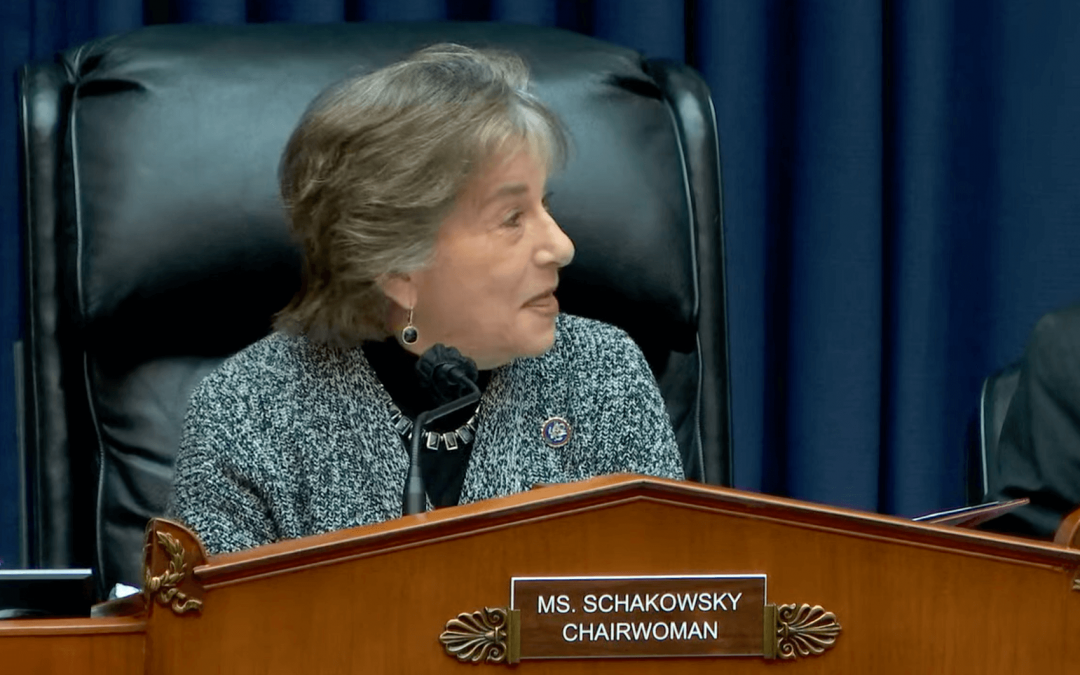WASHINGTON — As Americans prepare to switch their clocks forward on Sunday, members of a House Energy and Commerce subcommittee and a variety of experts Wednesday agreed that it’s time for the country to stop switching times. But they couldn’t agree on which time to keep – daylight saving time or Eastern Standard Time.
“None of us can change how much sunlight there is in a given day … Congress does not have the power to change time; Congress has the power to balance time,” said National Association of Convenience Stores lobbyist Lyle Beckwith. He argued for the unpopular opinion among Americans of maintaining the status quo of making the time switch twice a year.
A November 2021 YouGovAmerica Poll found that 63% of Americans want to eliminate the practice of changing clocks twice a year to account for daylight saving time.
Daylight saving was originally adopted to preserve energy during WWI. Steve Callandrillo, a law professor who has researched the costs of changing to DST, testified before the House Consumer Protection and Commerce Subcommittee that while saving energy “was the original justification for daylight saving time, it’s no longer as strong as it used to be but it still does save energy.”
But the energy saved is relatively small: According to a 2008 study from the Department of Energy, “the total electricity savings of Extended Daylight Saving Time were about 1.3 TeraWatt-hour (TWh). That corresponds to… 0.03 percent of electricity consumption over the year.”
Another argument from the witnesses for ending the switching between times was the harm it has on physical and mental health.
“Permanent standard time maximizes sunlight in the winter mornings when we need abundant light to wake up and become alert and minimizes sunlight late into the summer evenings when too much light can work against our sleep,” said Dr. Beth Malow, director of the sleep division at the Vanderbilt University Medical Center.
Rep. Gus Bilirakis, R-Fla, acknowledged that the transition for phones and other devices might be easy, but “it is not so much for our bodies.”
Lawmakers touted choosing DST as the permanent time, pointing to the economic benefits of having the extra hour of sunlight in the afternoon or early evening.
“That the extra hour of sunshine in the evening can be beneficial, a real boom to restaurants, commercial commerce and tourism,” said Subcommittee Chair Rep. Jan Schakowsky, D-Ill.
Beckwith, representing convenience stores, cited a study conducted by JP Morgan Chase & Co that compared credit card spending in Los Angeles, a city that observes DST, and Phoenix, a city that does not. The study found that credit card spending increased in LA at the onset of DST and decreased at the end of DST relative to spending in Phoenix.
“When the clocks change in the spring, people feel as though they have more time after work to engage in a range of activities that increase commerce, from eating out to shopping,” he said.
Lawmakers from both parties have introduced bills in the House concerning DST. Two bills would make DST permanent, and two others would give states the option to observe DST year-round. No bills have been introduced this term that would opt for making standard time permanent.


